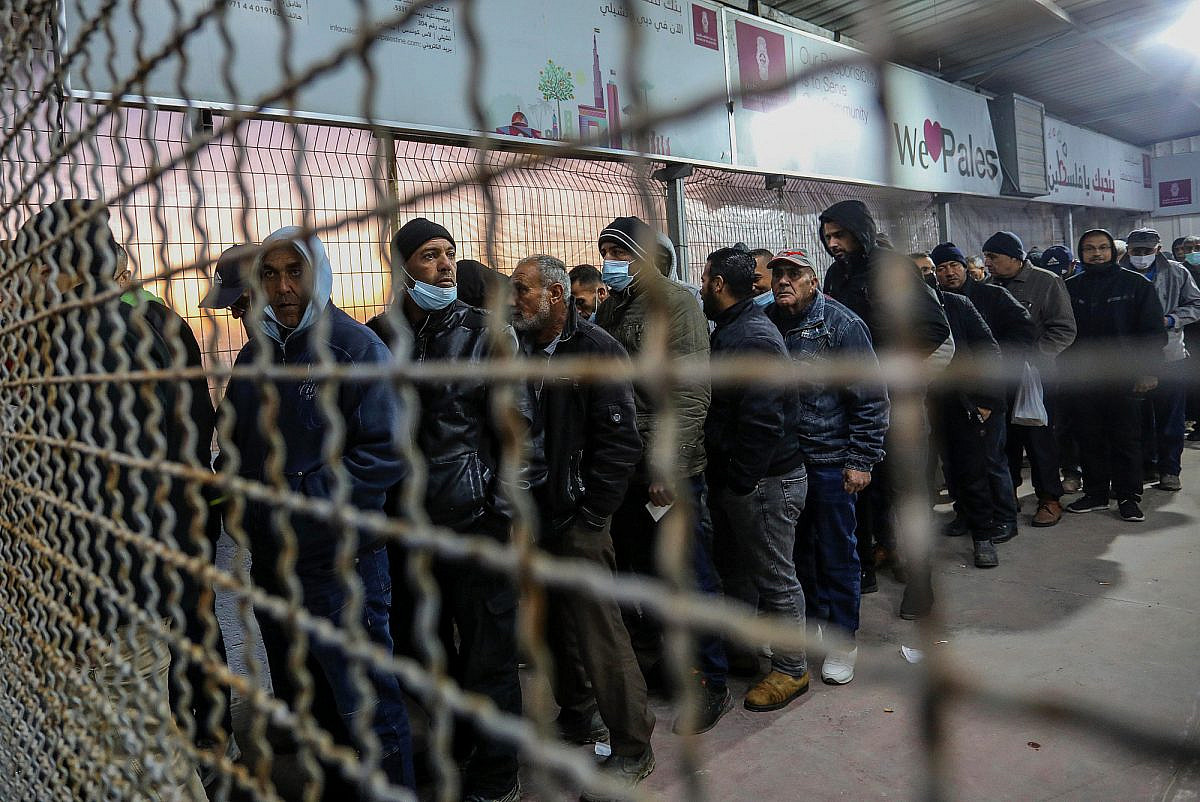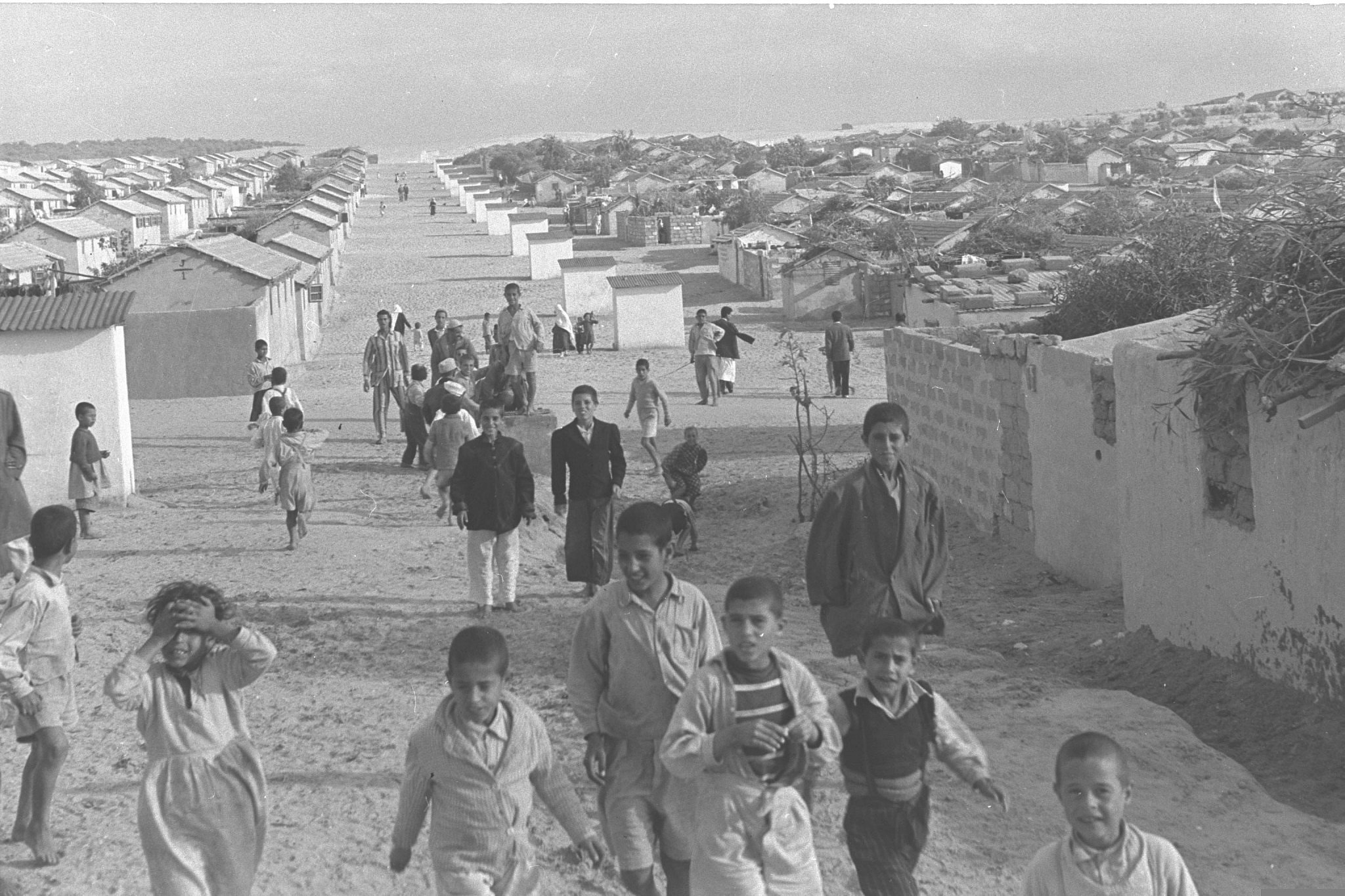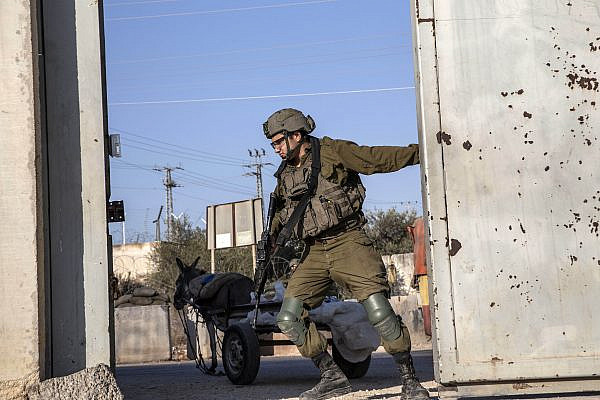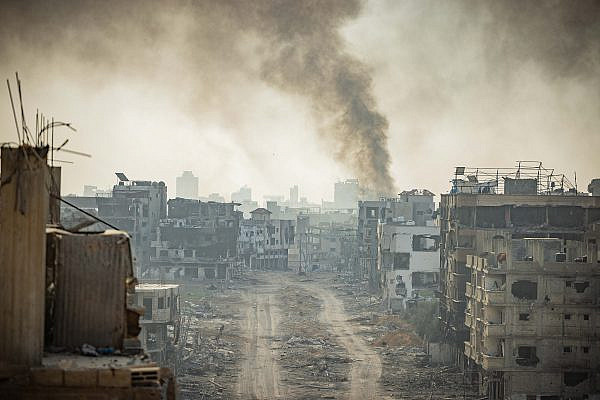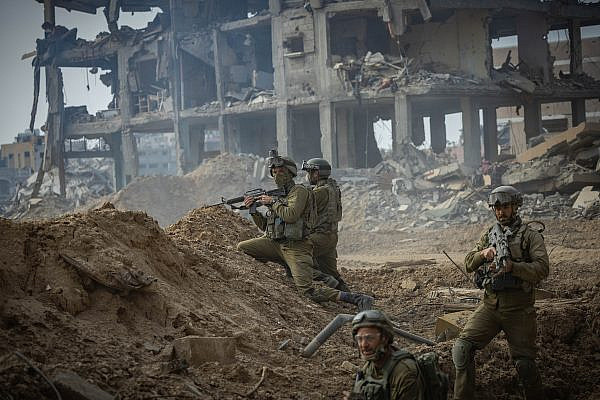In recent months, international media attention has rightfully been devoted to the unprecedented scope of death and destruction wrought by the Israeli military in the Gaza Strip. Daily news bulletins have grown increasingly concerned with the deprivation of food, water, medicine, and other basic supplies resulting from the intensified siege that Israel imposed shortly after the Hamas-led attacks of October 7.
Yet much of this focus tends to view the current policies of restriction and deprivation in isolation. This is a profound mistake.
In fact, the Israeli stranglehold on Palestinians in Gaza has been gradually tightened over the course of decades, as a means of control, pressure, and collective punishment. Even in “ordinary” times, between its periodic military offensives in the Strip, Israel’s sweeping restrictions on the movement of people and goods have long undermined basic living conditions in Gaza and violated other human rights that depend on it — such as the rights to family life, education, medical treatment, and pursuing one’s livelihood.
The catastrophic situation today must be understood within the context of Israel’s pre-October 7 policies, including vis-à-vis Palestinians’ freedom of movement between Gaza, Israel, and the West Bank. Over more than half a century, the violence of Israel’s ongoing occupation, repeated military assaults, and “separation policy” between Gaza and the West Bank have created a broken and bleeding stretch of land. These policies have manufactured and maintained a humanitarian disaster; separated Palestinians in Gaza from those in Israel and the West Bank; and promoted Israel’s illegitimate political and demographic objectives.
The birth of a permit regime
The Gaza Strip was never meant to exist as a distinct territorial unit. There are not enough resources in its tiny area to support an independent economy, and certainly not the economy of 2.3 million people who are deprived of the basic right to move freely. But for decades, Israeli restrictions on the movement of people and goods have led to deteriorating living conditions in the Strip and cut it off from the outside world.
In 1948, approximately 200,000 Nakba refugees from across Palestine were forced to flee to what became the Gaza Strip. This almost quadrupled the area’s population, which had, until then, been concentrated mainly in the ancient town of Gaza City. The humanitarian crisis prompted by this sudden influx of refugees has persisted to this day.
Since occupying the West Bank and Gaza in 1967, Israel’s military has developed a complex system of rules and sanctions to control the movement of the millions of Palestinians who live in these areas, as well as those living within Israel’s 1948 borders. Initially, Israel instituted a “general exit permit,” allowing Palestinians to travel relatively freely between Israel and the occupied territory, but this was canceled in 1991.
In its place, Israel began requiring Palestinians to obtain individual travel permits from Israeli authorities, thereby establishing the permit regime through which it has continued to restrict Palestinian movement and access to this day. Predictably, this led to a steady decrease in movement to and from Gaza.
In 1993, during the Oslo process, Israel for the first time declared a weeks-long general closure on the occupied territory, blocking all travel regardless of its purpose. Shortly thereafter, it began constructing an electric fence and segments of a concrete wall surrounding the Gaza Strip.
These trends worsened following the failure of the Camp David negotiations and the onset of the Second Intifada in late 2000. In the months before the Intifada began, more than 26,000 Gaza residents had held permits to work in Israel, clocking some 500,000 exits into Israel via the Erez Crossing each month. After the Intifada broke out, Israel revoked and canceled numerous travel permits — not only as a method of countering security threats, but as a means of collective punishment.
In the first year of the Second Intifada, the Erez Crossing was closed to Palestinians 72 percent of the time. By the end of 2000, the number of residents holding Israeli work permits had dropped to less than 900.

The illusion of ‘disengagement’
Since the implementation of Israel’s “disengagement plan” in the late summer of 2005, many Israelis and internationals have falsely believed that Israel relinquished its control over Gaza, thus ridding itself of the responsibilities it owed the Strip’s residents as the occupying power.
But despite withdrawing its troops and citizens from within the enclave, Israel has continued to wield control over almost all aspects of life in Gaza by virtue of its ongoing restrictions on the movement of people and goods in and out of the Strip.
After Hamas’ victory in the Palestinian parliamentary elections in 2006, Israel tightened these restrictions further still, imposing a full closure. The entry of goods into Gaza was limited to what Israel defined as the “humanitarian minimum.” The exit of goods from the Strip to be marketed in Israel and the West Bank — to which Gaza had until then exported a combined 85 percent of its goods — was entirely prohibited. The entry of fuel was substantially reduced. And the movement of people into and out of Gaza was slowed to a virtual halt.
In September 2007, a few months after Hamas took sole control of the Strip, the Israeli cabinet declared Gaza a “hostile territory.” From that point on, Israel has insisted that it has no obligation to enable even minimal humanitarian access to or from the Strip — and that any decision to do so is made ex gratia, not as a result of any legal obligation.
Israel has since enforced sweeping travel restrictions that have blocked Gaza residents’ access to employment, education, and medical treatment, as well as to their family members living in Israel, the West Bank, and abroad. Israel also severely restricted the entry of goods into Gaza.
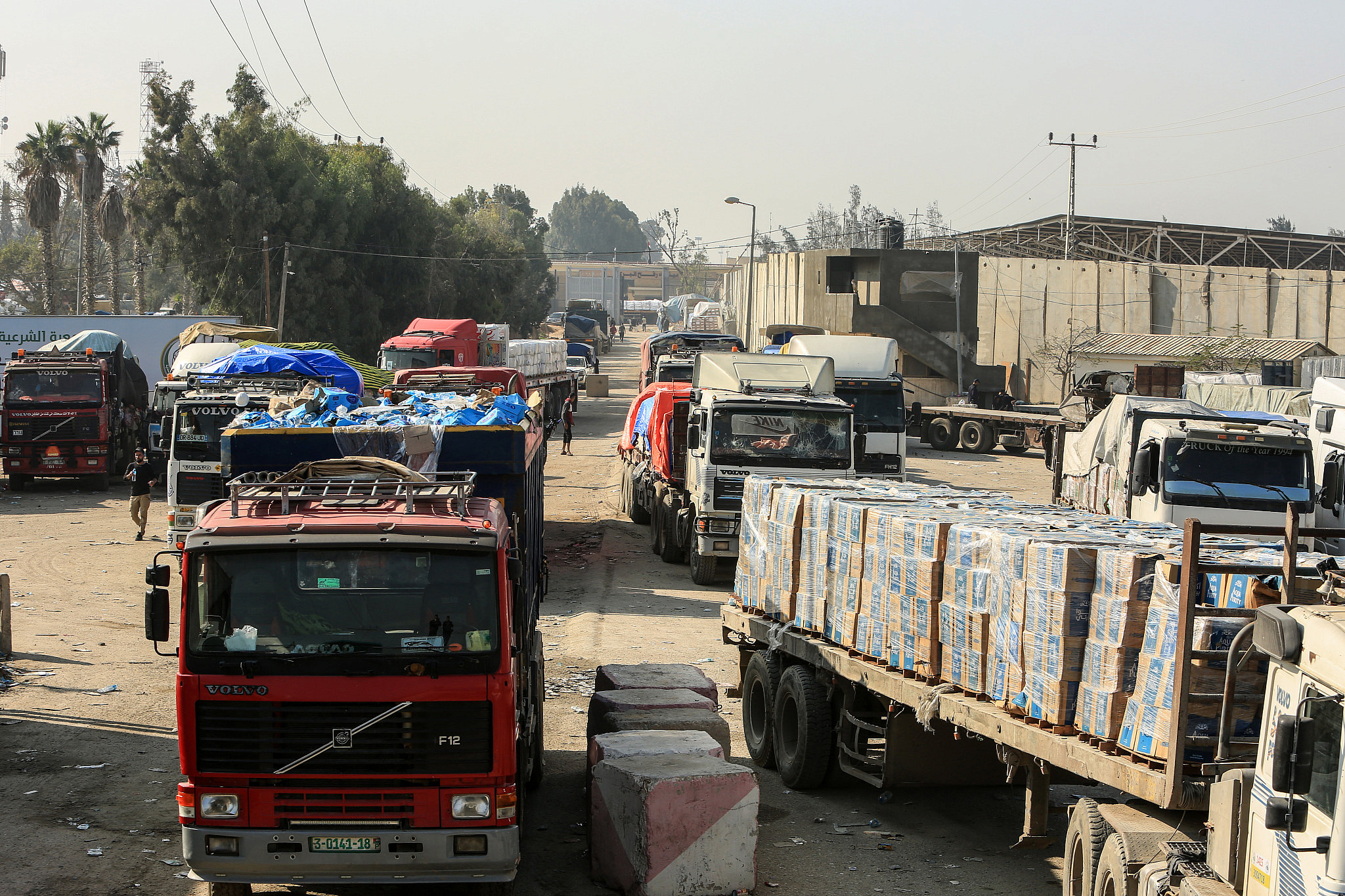
In 2012, a prolonged legal battle by Gisha, the human rights organization where I work, led Israel’s Defense Ministry to reveal a document entitled “Food Consumption in the Gaza Strip – Red Lines,” which included information about the policy of restricting the entry of food into Gaza between 2007 and 2010. The document contained, among other things, calculations of the amount of calories permitted to enter Gaza per resident.
Even after retracting this policy, Israel continued to prohibit the entry of numerous items and raw materials it defined as “dual-use” — meaning Israel considers them to have both civilian and military uses. This effectively banned many goods that are essential for the development of civilian infrastructure and the advancement of the local economy, such as fertilizer, cement mixers, and any type of heavy machinery. Israel also continued to determine what products could exit Gaza, and where they could be sold, how much of them, and when.
Moreover, decades after the signing of the Oslo Accords, which included an agreement to pass control over the Palestinian population registry to the Palestinian Authority, Israel continues to control the registry in practice. As such, it retains the power to designate Palestinians as either residents of Gaza or of the West Bank — dictating where they can live, work, and start a family.
Israel’s continuous control over Gaza extends to the Strip’s maritime territory and airspace, too. Contrary to the agreements reached in the Oslo Accords, Israel has prohibited the construction of a seaport and prevented the reconstruction of the international airport in Gaza, which was destroyed by Israeli bombings in 2001. It has blocked Gaza’s airspace and deepened control over its telecommunications, limiting the available frequencies so as to deprive Palestinians of third- and fourth-generation technologies. Israel also violently enforces a “fishing zone” of 10-15 nautical miles off Gaza’s coast, and has established a “buffer zone” along the separation barrier, restricting access to the area where most of the Strip’s agricultural lands are located.
Therefore, despite persistent claims to the contrary, Israel’s ongoing control effectively amounts to a continuation of the occupation — and such control entails moral and legal obligations toward the civilian population. But instead of acknowledging its fundamental duty to protect the human rights of Palestinians, Israel has consistently disavowed its responsibility and opted for collective punishment and economic warfare, in violation of international law.
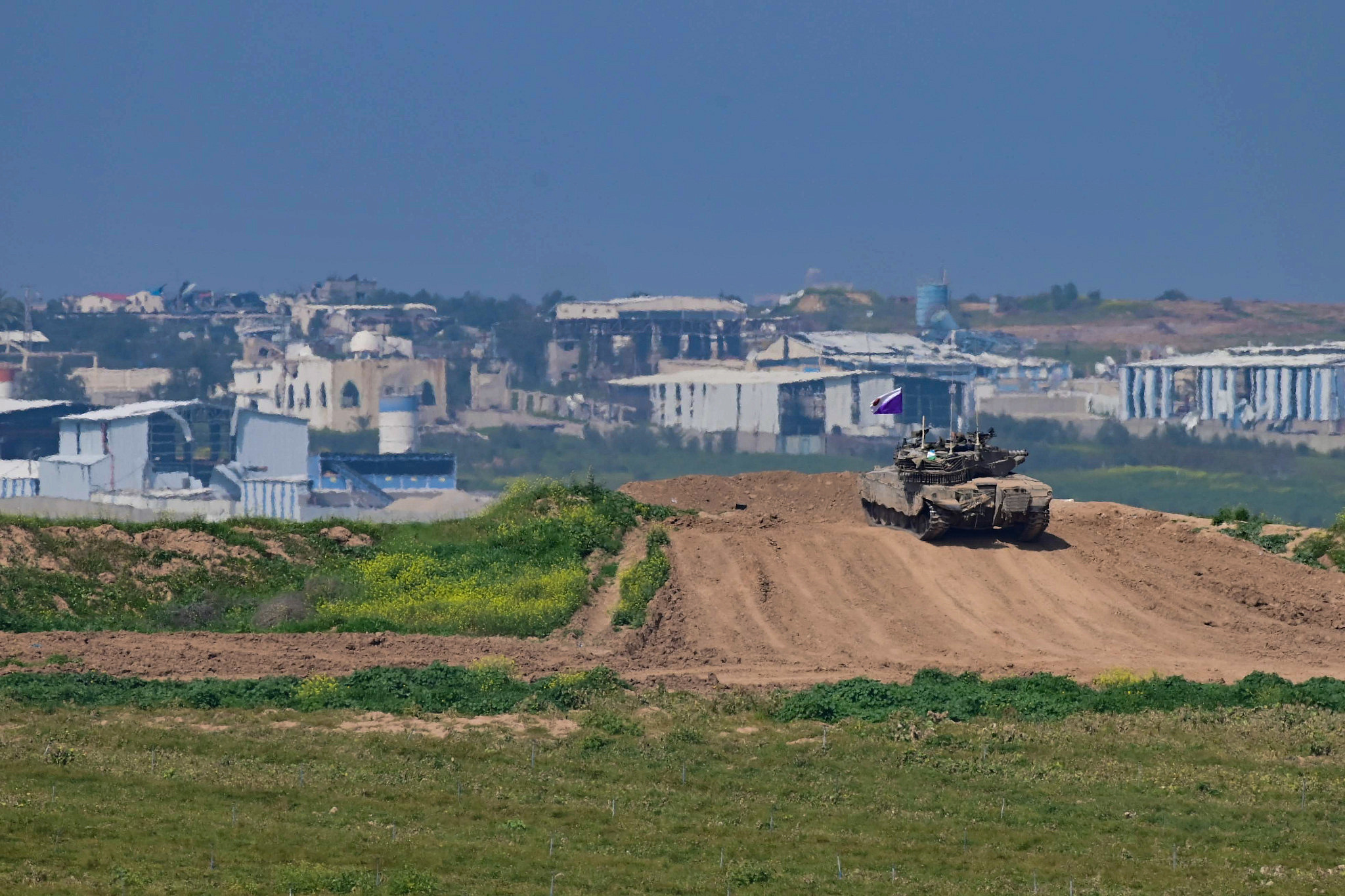
Isolation, separation, and fragmentation
The enclosure of Gaza has always been part of a wider set of movement restrictions imposed as part of Israel’s “separation policy,” the goal of which is to isolate and sever the territory from the West Bank and Israel. Israel has justified the policy as a security necessity, but its sweeping restrictions on travel and goods cannot be explained by security alone.
Rather, these restrictions are imposed in order to advance Israel’s illegitimate political and demographic goals: to undermine the national institutions that were supposed to underpin a Palestinian state; to fragment Palestinian society and their economy; to promote de facto annexation of the West Bank and limit Palestinians’ access to it; and to maintain Israeli control over the region as a whole.
As a result of the policy, the Palestinian economy was effectively split between Gaza and the West Bank. Students from Gaza were blocked from studying in West Bank universities. Medical teams, academics, employees of civil society organizations, and professionals in every field could not travel between the two areas, even for meetings or trainings. Families split between Gaza and the West Bank could not reunite, except in the most exigent circumstances.
In recent years, the few Palestinians who did obtain permits to leave via Erez all belonged to one or more of three categories: traders or laborers (subject to narrow quotas dictated by Israel), patients (and their companions) in need of urgent medical treatment that is not available in Gaza, and a handful of other cases defined as “humanitarian and exceptional,” like people seeking to attend a wedding, visit a sick relative, or attend a funeral — but only of a first-degree family member.
Travel via Egypt, Gaza’s other neighbor, has also been restricted over the years, as has access to goods. Egypt, too, has obligations toward Palestinians in Gaza arising from its physical proximity, including facilitating the entrance of humanitarian access and, like every other country in the world, actively preventing breaches of international law. But unlike Israel, Egypt does not owe obligations to Palestinians under the law of occupation, nor does it control Gaza residents’ access to the other parts of the occupied territories.
Most read on +972
Attempts to divert responsibility to Egypt — a common and longstanding trope in Israeli discourse — are part of a broader project of obscuring and shirking Israel’s own responsibility toward Gaza’s residents. Regardless of Egypt’s policies toward the Strip, Israel has the duty, at the very least, to enable access to all that is needed in order to ensure normal living conditions for the entire population under its control.
Five months into the bloodiest and most destructive war Gaza has ever known, it is difficult but vitally important to remember that any “day after” plan must include access between Gaza, Israel, the West Bank, and the rest of the world. Going back to the status quo ante — a life of closures, separation, permits, and endless wars — is not an option.
Israeli threats to cut off Gaza “permanently” may stem from fear, but doing so won’t make anyone safer. The future of all people living between the Jordan River and the Mediterranean Sea depends on freedom and human rights, including freedom of movement, for all.
A version of this article was first published in Hebrew on Local Call. Read it here.

